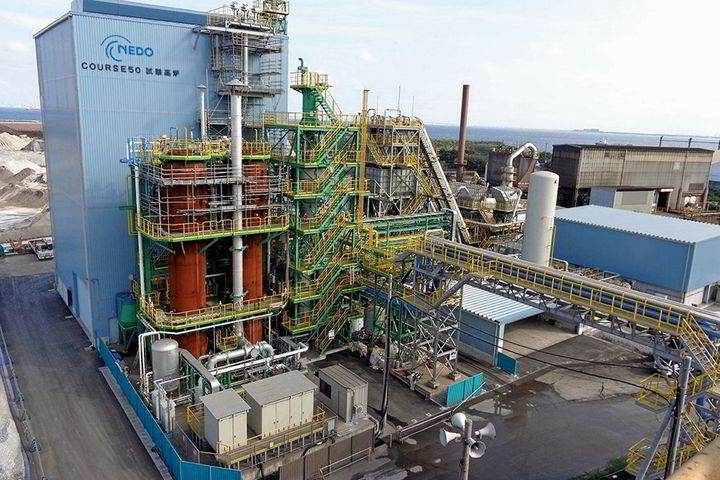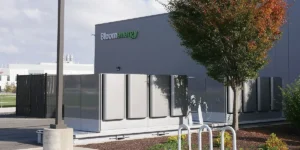Japan’s largest steelmaker claims hydrogen injection has cut its test blast furnace emissions by a third

Nippon Steel, the largest steelmaker in Japan, has announced it has reduced emissions from a small-scale test blast furnace by 33% through injecting heated hydrogen in a month-long trial, the highest cut in CO2 through this method yet.
While Nippon Steel has referred to purchasing H2 “from outside steelworks” for the Super COURSE50 process, which aims to displace as much coking coal with hydrogen as possible, it has not disclosed what proportion of the molecule to coking coal was used in the blast furnace, nor whether it was produced from fossil gas or electrolysis.
In order to produce steel, iron ore must first have its oxygen removed in a process called “reduction”. This is traditionally done through the use of coking coal in a blast furnace, which both reduces iron ore and produces vast amounts of heat that melt the metal. However, this is an emissions-intensive process.
While hydrogen can be used instead of coke as a direct reduction agent, this reaction is difficult to sustain as it is endothermic rather than exothermic, which also means no heat for melting the iron.
Some companies, such as Sweden’s H2 Green Steel, plan to directly reduce iron with hydrogen and use renewables-powered electric arc furnaces for heat, which could theoretically reduce emissions by 95%.
Other large steelmakers, including Tata Steel and Thyssenkrupp, have also trialled H2 injection in order to prolong the lifetime of existing blast furnaces, although the emissions reduction of these tests have been meagre.
Article continues below the advert
For example, Tata Steel’s 40% hydrogen injection into a blast furnace at its Jamshedpur steelworks in India only displaced 10% of coking coal, indicating an emissions saving of just 7-10%.
Nippon Steel aims to reduce existing blast furnace emissions by 50% through hydrogen injection, and had previously announced it had cut CO2 by 22% from using the process in August.
The Japanese steelmaker plans to start using its COURSE 50 technology — which recycles hydrogen generated when coking coal is fired in a blast furnace for use as a reducing agent — at its No. 2 blast furnace in its East Nippon Works in Kimitsu from January 2026, and deploy the Super COURSE50 process of injecting externally-bought H2 by 2050.
Both of the hydrogen injection techniques had been developed with funding from research and development agency NEDO, which budgeted up to ¥193.5bn ($1.3bn) for a wider Nippon Steel-run decarbonisation programme.





